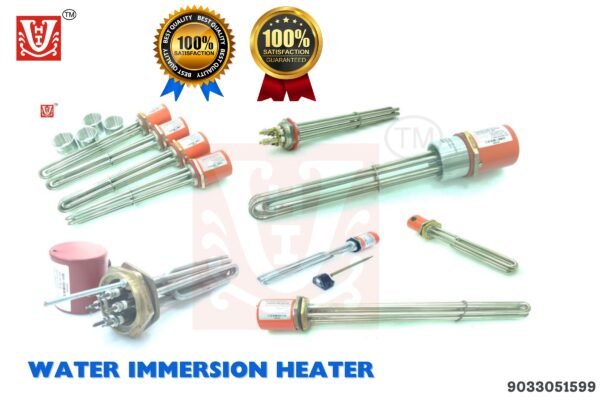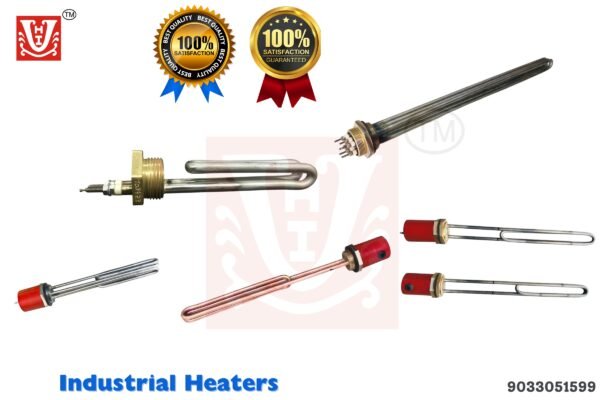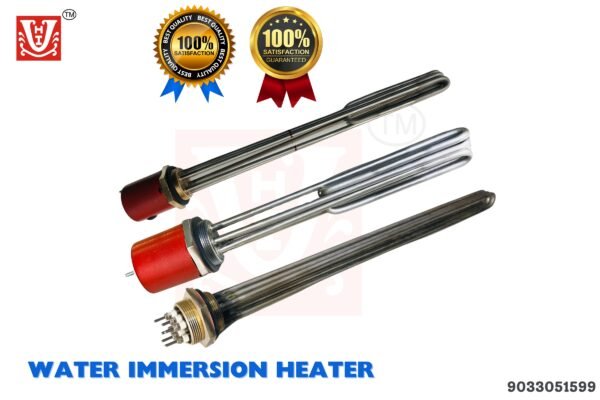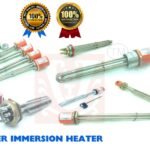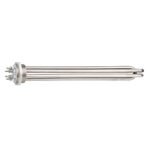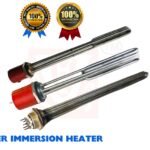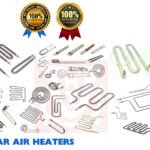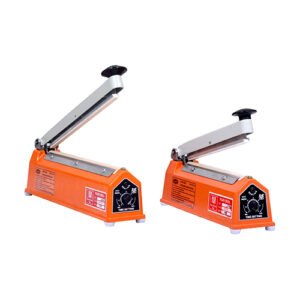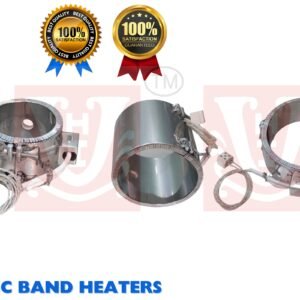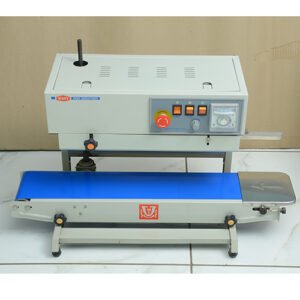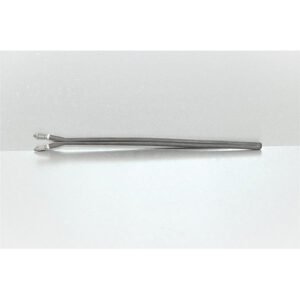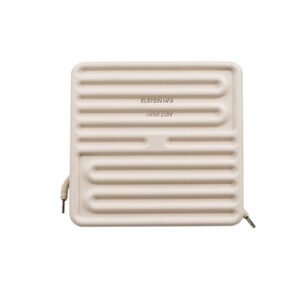Screw Plug Heater
Vijay Heat’s Immersion Heaters provide fast and efficient heating for liquids in industrial tanks and processing equipment. Designed for chemical, petrochemical, and water heating applications, they ensure rapid heat transfer with minimal maintenance. Our Flanged Immersion Heaters offer high-capacity heating with durable tubular elements in copper, stainless steel, or Incoloy sheaths. Customizable flange materials, electrical protection, and safety features are available to meet specific requirements.
- Description
Description
Vijay Heat’s Immersion heaters are a fast and efficient way of heating up various liquid solutions in processing equipment, large tanks and containers in many industries. Heating up liquids using direct heat transfer allows for the liquid medium to quickly reach the desired temperature using electric heaters. This application is commonly used in chemical processes, large petrochemical containers as well as large water containers that require fast heat up time. With minimal maintenance requirements, immersion heaters are an excellent solution to rapid heating in almost any industrial environment.
Flanged immersion heaters are high capacity electrical heating units made for tanks or pressurized vessels. They consist of multiple tubular heaters formed into hairpin and welded or brazed to flanges. The heating elements could be made of copper, stainless steel or Incoloy sheath. Variety of flange materials and shapes can be made available as per customer’s request. Various types of electrical protection housing, thermocouples and high limit switches can be incorporated.
FEATURES
- Lightweight
- Moisture proof available on all models
- Portable
- No drilling holes required
- Easy to install and to remove
- Easy to maintain
- Maximize heat transfer
- Provide uniform temperature
- Moisture resistant
- Oxidation and corrosion resistant
- Built solidly
- Designed for safety
- Durable
- Water heating
- Freeze protection
- Viscous oils
- Storage tanks
- Degreasing tanks
- Solvents
- Salts
- Paraffin
- Caustic solution
- Domestic applications
- Oil filtration plants
- Electroplating industry
Flanged immersion heaters can be used in different applications. In order to meet the heating requirements of a specific application and have a safe operation in the environment within which a heater operates several factors should be taken into consideration in the design of flanged immersion heaters. The following are a number of criteria that should be considered:
- The pressure rating and the material of a flange
- The sheath material of the tubular elements. Table below provides recommended tubular element sheath and flange materials for different mediums
- Operating temperature and a watt density of tubular elements that are adequate to the material heated. Table below provides maximum operating temperatures and watt densities that are recommended for heating various materials.
| Application | Sheath Material | Flange | Typical Watt Density |
|---|---|---|---|
| Clean water | Copper | Steel | 45 |
| Process water/Weak solution | Stainless Steel | Stainless Steel | 25-55 |
| Oil light | Steel | Steel | 20-25 |
| Oil medium | Steel | Steel | 12-15 |
| Corrosive solutions | Incoloy | Stainless Steel | 20-25 |
| Vegetable oil | Stainless Steel | Stainless Steel | 25-30 |
| Asphalt, tar, wax | Steel | Steel | 6 |
| Air | Incoloy | Steel | 23 |
- Design watt density, flow velocity, outlet temperature are factors that contribute to the temperature level that tubular elements will attain. The table below shows the maximum temperatures that different sheath materials could be subjected to
| Sheath Material | Maximum Temperature |
|---|---|
| Copper | 360°F (180°C) |
| Stainless Steel | 1200°F (650°C) |
| Steel | 750°F (400°C) |
| Incoloy | 1500°F (815°C) |
- Safety issues considering the environment within which the immersion heater will operate
- Utilization of adequate temperature controlling devices, temperature and pressure high limit switches, low liquid level and flow controllers and other control/safety devices that will control the heating process and protect the heater from excessive heat
- The classification of the electrical terminal box required
- The level of the contamination that the immersion heater will be exposed to
- Safety and electrical code consideration
- The possible requirement of baffles that force a gas or a liquid to circulate around heating elements when flanged immersion heaters are used inside circulation tanks

